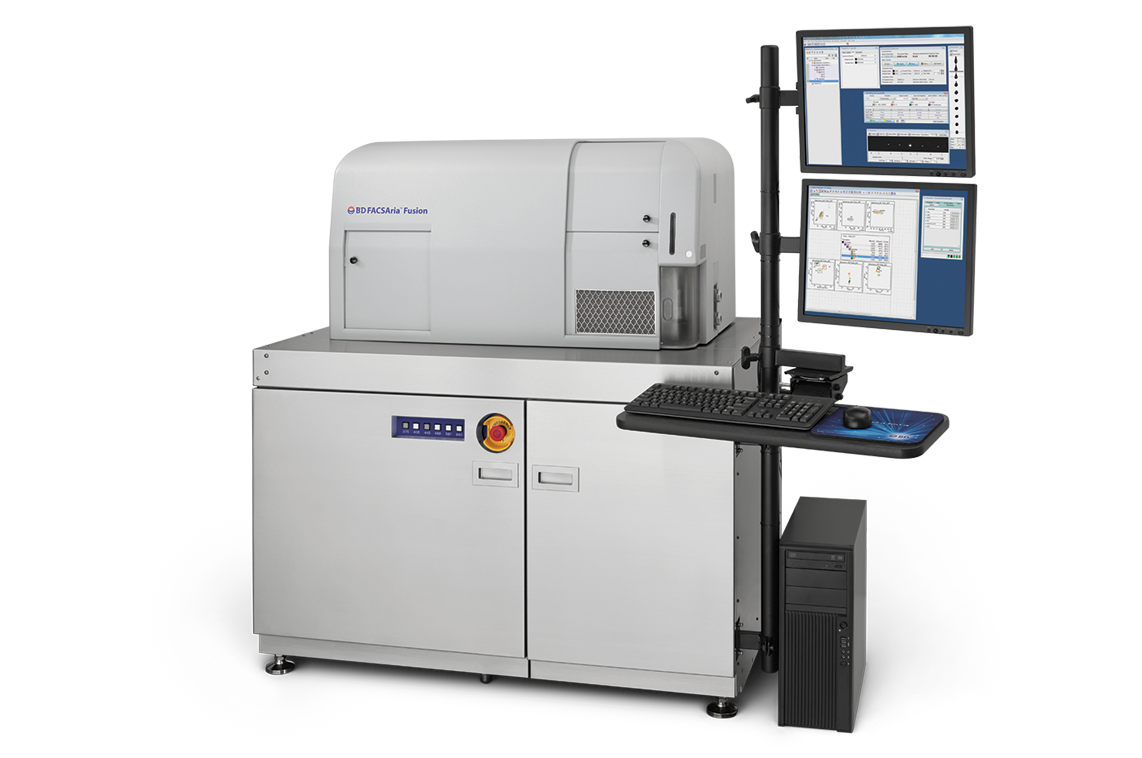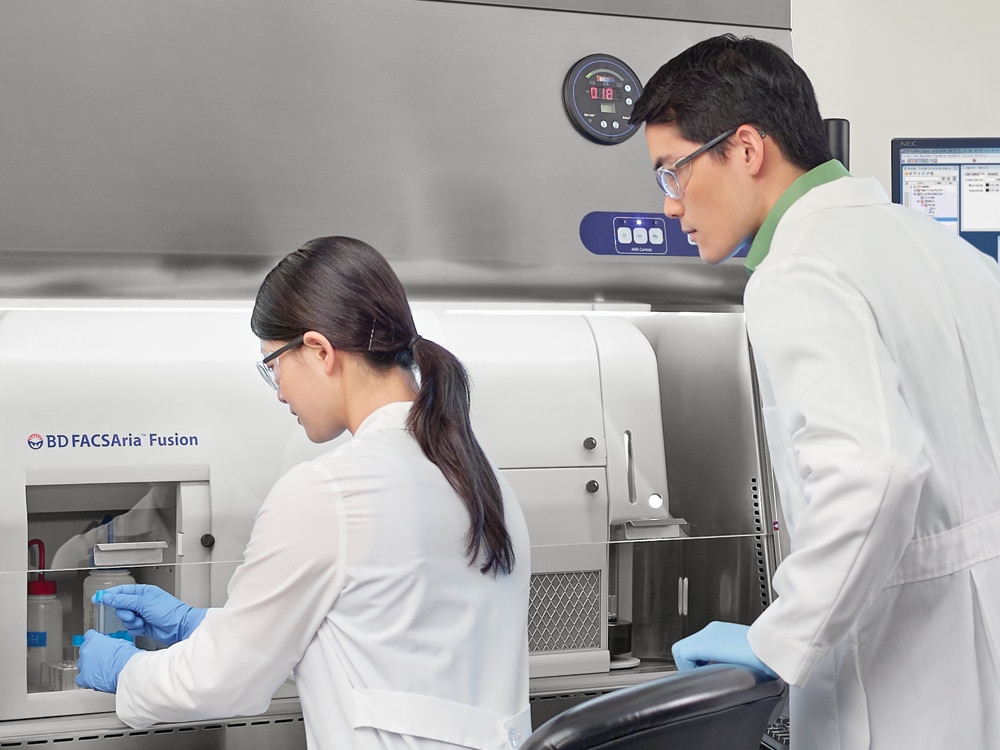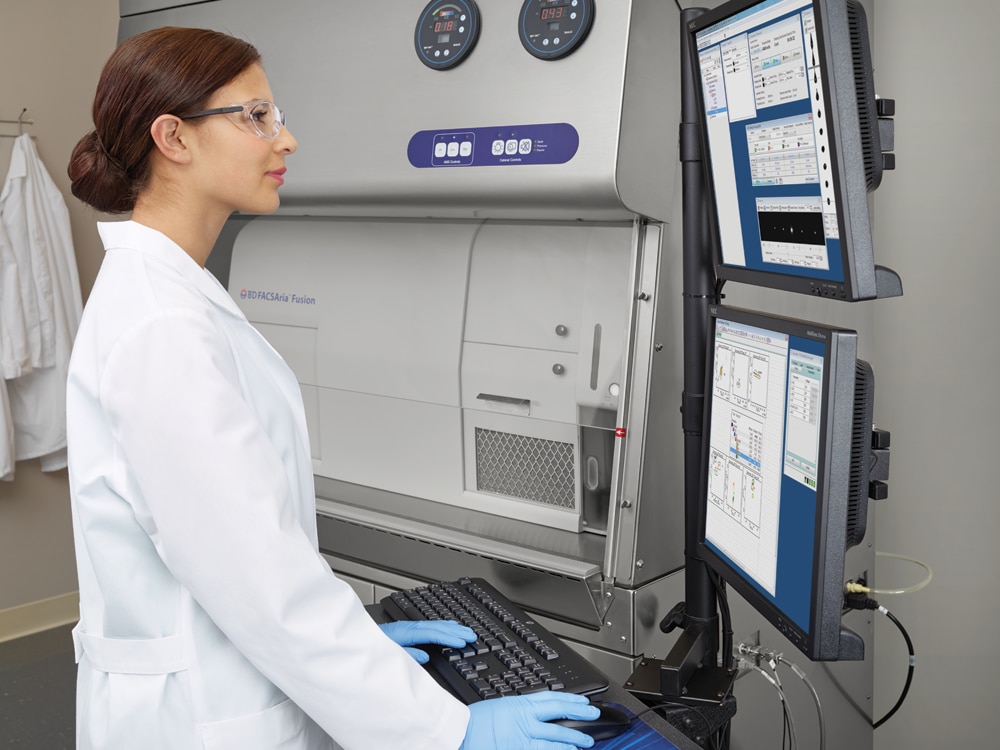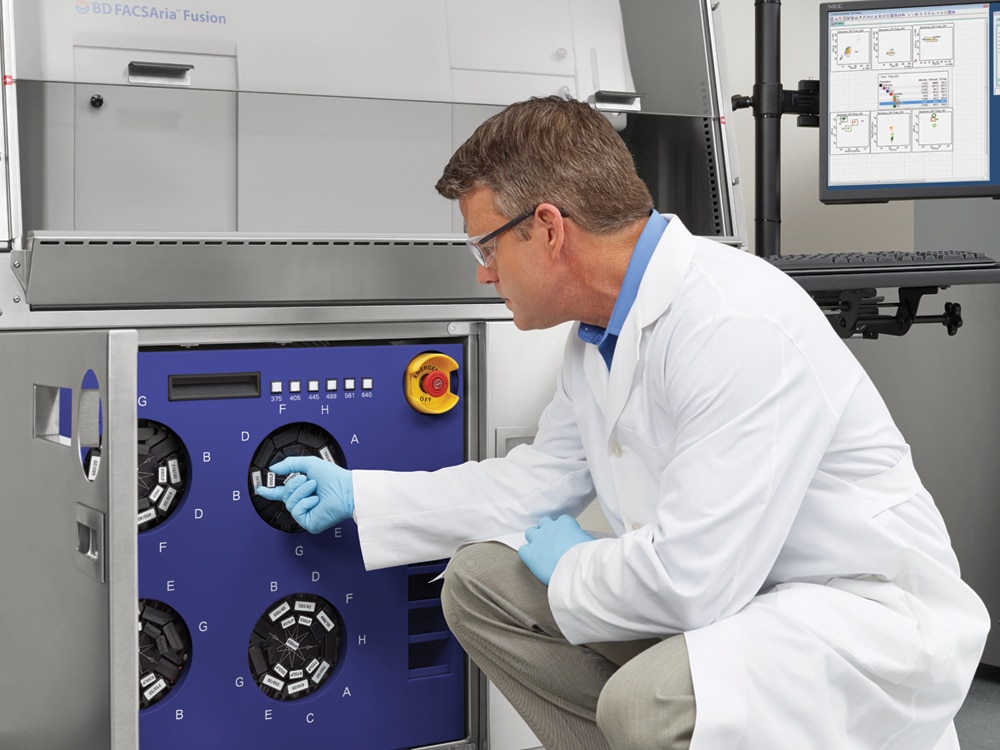-
Reagents
- Flow Cytometry Reagents
-
Western Blotting and Molecular Reagents
- Immunoassay Reagents
-
Single-Cell Multiomics Reagents
- BD® OMICS-Guard Sample Preservation Buffer
- BD® OMICS-One Protein Panels
- BD® AbSeq Assay
- BD® Single-Cell Multiplexing Kit
- BD Rhapsody™ ATAC-Seq Assays
- BD Rhapsody™ Whole Transcriptome Analysis (WTA) Amplification Kit
- BD Rhapsody™ TCR/BCR Next Multiomic Assays
- BD Rhapsody™ Targeted mRNA Kits
- BD Rhapsody™ Accessory Kits
-
Functional Assays
-
Microscopy and Imaging Reagents
-
Cell Preparation and Separation Reagents
-
Training
- Flow Cytometry Basic Training
-
Product-Based Training
- BD Accuri™ C6 Plus Cell Analyzer
- BD FACSAria™ Cell Sorter Cell Sorter
- BD FACSCanto™ Cell Analyzer
- BD FACSDiscover™ A8 Cell Analyzer
- BD FACSDiscover™ S8 Cell Sorter
- BD FACSDuet™ Sample Preparation System
- BD FACSLyric™ Cell Analyzer
- BD FACSMelody™ Cell Sorter
- BD FACSymphony™ Cell Analyzer
- BD LSRFortessa™ Cell Analyzer
- Advanced Training
-
- BD® OMICS-Guard Sample Preservation Buffer
- BD® OMICS-One Protein Panels
- BD® AbSeq Assay
- BD® Single-Cell Multiplexing Kit
- BD Rhapsody™ ATAC-Seq Assays
- BD Rhapsody™ Whole Transcriptome Analysis (WTA) Amplification Kit
- BD Rhapsody™ TCR/BCR Next Multiomic Assays
- BD Rhapsody™ Targeted mRNA Kits
- BD Rhapsody™ Accessory Kits
-
- BD Accuri™ C6 Plus Cell Analyzer
- BD FACSAria™ Cell Sorter Cell Sorter
- BD FACSCanto™ Cell Analyzer
- BD FACSDiscover™ A8 Cell Analyzer
- BD FACSDiscover™ S8 Cell Sorter
- BD FACSDuet™ Sample Preparation System
- BD FACSLyric™ Cell Analyzer
- BD FACSMelody™ Cell Sorter
- BD FACSymphony™ Cell Analyzer
- BD LSRFortessa™ Cell Analyzer
- United States (English)
-
Change location/language
Old Browser
This page has been recently translated and is available in French now.
Looks like you're visiting us from {countryName}.
Would you like to stay on the current location site or be switched to your location?
Request a Quote - BD FACSAria™ Fusion Flow Cytometer
Please fill in the following information and we will get in touch with you regarding your query.
Overview
The fusion of safety, performance and sorting
The BD FACSAria™ Fusion Flow Cytometer combines sorting capabilities with best-in-class biosafety expertise for a comprehensive advanced cell sorter and biosafety solution.
The fully integrated biosafety cabinet meets emerging operator and sample protection requirements as well as many country standards for bioprotection. The instrument uses BD FACSDiva™ Software to efficiently control the setup, acquisition and analysis of flow cytometry data from the operator workstation. The software is common across many BD cell analyzers and cell sorters, making the BD FACSAria™ Fusion Flow Cytometer compatible with them.
Get more information from the BD FACSAria™ Fusion Flow Cytometer brochure.
Find BD FACSAria™ fusion flow cytometer consumables >
FEATURES
The BD FACSAria™ Fusion Flow Cytometer’s proven dependability and ease of use puts the system in a class of its own
The BD FACSAria™ Fusion System is upgradable and backward compatible

- The flow cytometer has been verified to meet personnel and product protection standards for a Class II Type A2 biosafety cabinet and to meet many local standards
- Precisely integrated fluidic and optical systems maximize signal detection
- Optimized fiber-launched lasers improve sensitivity and resolution for each color in a multicolor assay
- The system can be expanded with additional lasers via a field upgrade. You can design a configuration that meets your lab’s budget and site requirements today and have a growth path for the future
Get more information about the optics, fluidics and electronics of the BD FACSAria™ Fusion Sorter from the system brochure.
BD FACS™ Accudrop Technology and software automation simplify drop-delay determination

- Once the drop-delay is calculated, the system automatically adjusts to maintain a constant break-off, called the Sweet Spot
- Automatic clog detection stops the sort and protects the collection tubes if a clog is detected
- After passing through the cuvette, the stream accelerates through the nozzle, and droplets are formed for sorting
- Since particle interrogation occurs above the nozzle, insertion and removal of the nozzle can occur without realigning the optics or the fluid stream
- BD FACS™ Accudrop Technology simplifies drop-delay determination
The BD FACSAria™ Fusion Flow Cytometer’s index sorting capability makes it possible to review the complete cell surface phenotype

- Complete cell surface phenotype of every cell sorted into a multiposition sort device, such as a 96-well tray
- Sort and tray position information available on an event-by-event basis according to the X and Y coordinates of the sort collection device
- Ability to precisely trace back post-sorting results to the flow characteristics of the specific cell
BD and Baker-designed cabinet meets biosafety standards and saves space
The Biosafety Cabinet (BSC) controls the direction, volume and speed of airflow to direct potentially harmful particles away from the operator

- The BD FACSAria™ Fusion Flow Cytometer can be purchased with or without a BSC. Since the flow cytometer and the BSC were designed for a seamless fit, a BSC can be added later in a field upgrade that takes less than a day to install
- The BSC protects the operator from aerosol exposure during a sort and the built-in and independently operated Aerosol Management System (AMS) also evacuates aerosols
- The enclosed sample-to-sort pathway, the Class II Type A2 biosafety cabinet and the Aerosol Management System make aerosol management fully redundant
- Since these systems are independent, they can be tested individually to ensure optimal operation and backup protection
PERFORMANCE
The BD FACSAria™ Fusion Flow Cytometer provides sensitivity for multicolor and sorting applications
Streamlines sorting and analysis with its fixed alignment flow cell, fixed optical architecture and software-controlled setup and operation.
The quartz cuvette flow cell is in true fixed alignment with the laser and is gel coupled to the collection optics. This design helps ensure that lasers are precisely focused on the sample stream so that the greatest signal is generated and that the maximum amount of emitted light is collected.
Fixed alignment minimizes startup time, improves experiment-to-experiment reproducibility, reduces operator-to-operator variability, and enables automated daily quality control.
It also improves collection efficiency and optimizes resolution needed for multicolor applications, even at high-speed sorting settings.
The flow cell is designed to improve resolution for side population applications and DNA cell cycle analyses.
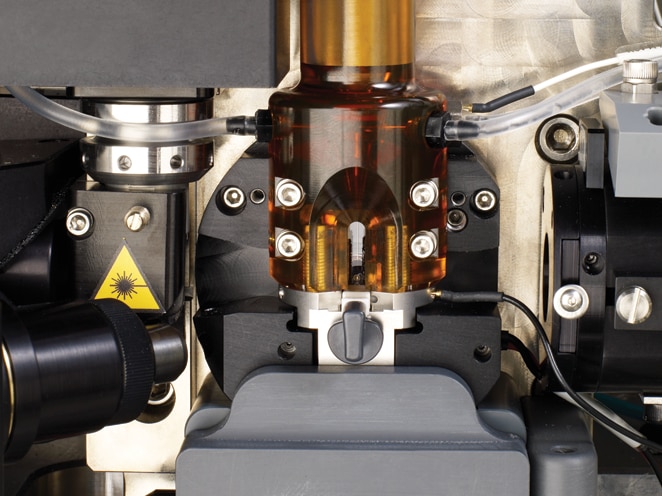

Sensitivity to resolve dim staining populations
The lasers are specifically selected for optimal signal-to-noise separation and improve the resolution of dim populations, thereby enabling more effective gating for sorting. Set at peak performance, the lasers enable dim staining populations to fluoresce more brightly, facilitating population resolution and enabling subsequent gating for sorting.
APPLICATIONS
The BD FACSAria™ Fusion System has been used in resolving various types of cell populations
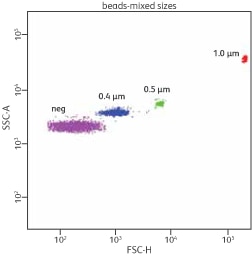
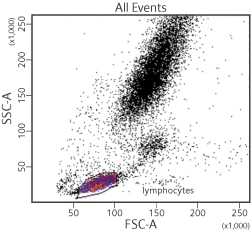
BD FACSAria™ Fusion Flow Cytometer
The cell sorter that delivers exceptional multicolor performance

-
Brochures
-
Filter Guides
-
Frequently Asked Questions
-
Quick Reference Guides
-
Job Aids
-
Data Sheets
-
Technical Specifications
-
Test Reports
-
Video/Webinars
-
Cross-Instrument and Cross-Site Standardization Using BD FACSDiva Software's Custom Application Settings: Part II of II
-
Instrument Characterization and Performance Tracking for Digital Flow Cytometers
-
Using the BD® Cytometer Setup and Tracking (CS&T) System for Instrument Characterization and Performance Tracking
-
User's Guide
For Research Use Only. Not for use in diagnostic or therapeutic procedures.
Class 1 Laser Product.
Alexa Fluor is a trademark of Life Technologies Corporation.
CF is a trademark of Biotium, Inc.
Cy is a trademark of Global Life Sciences Solutions Germany GmbH or an affiliate doing business as Cytiva.
